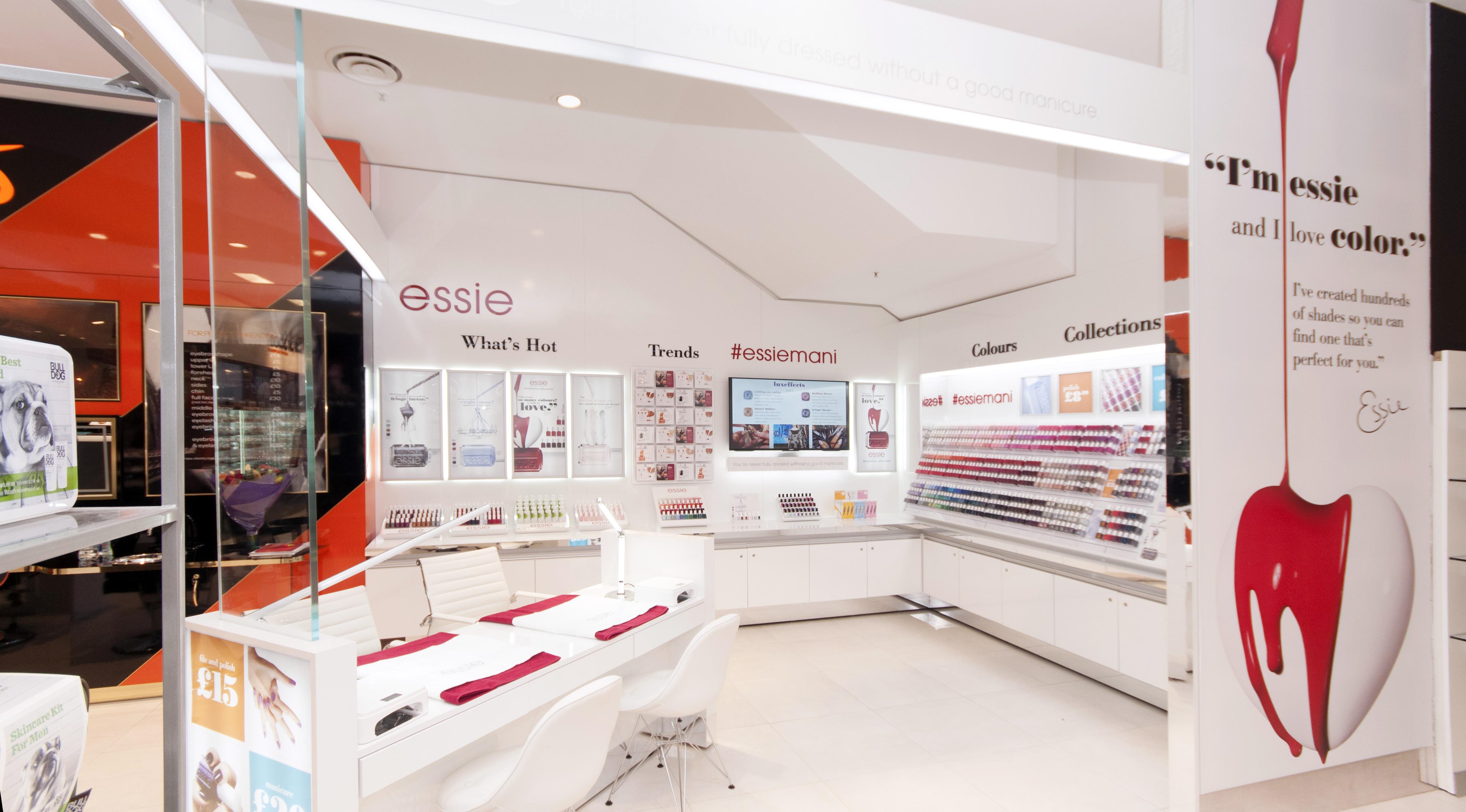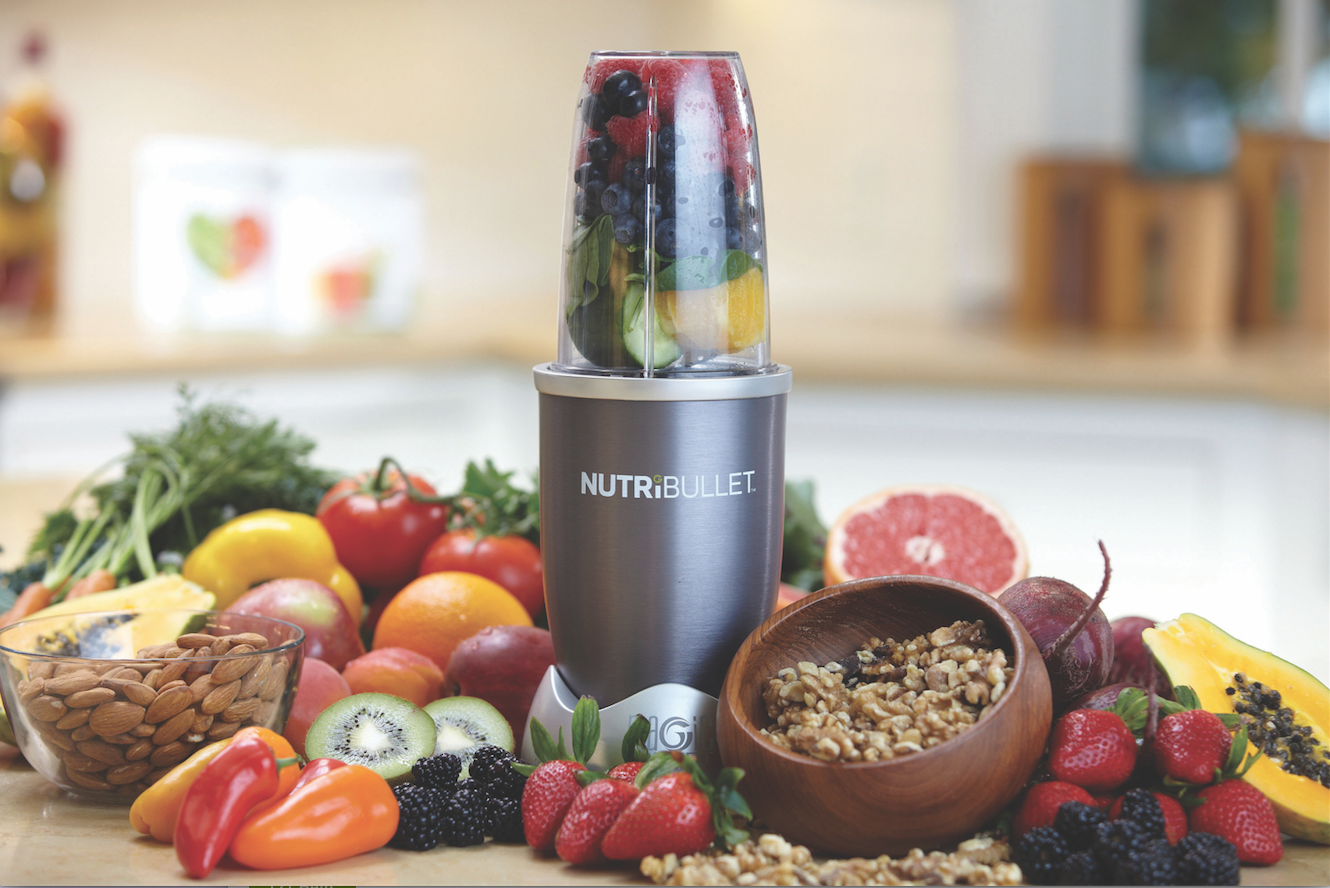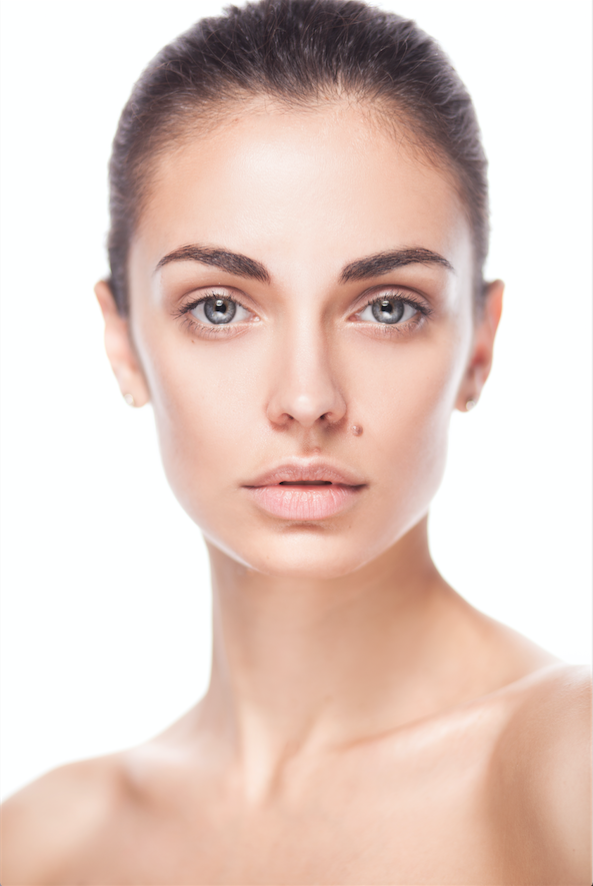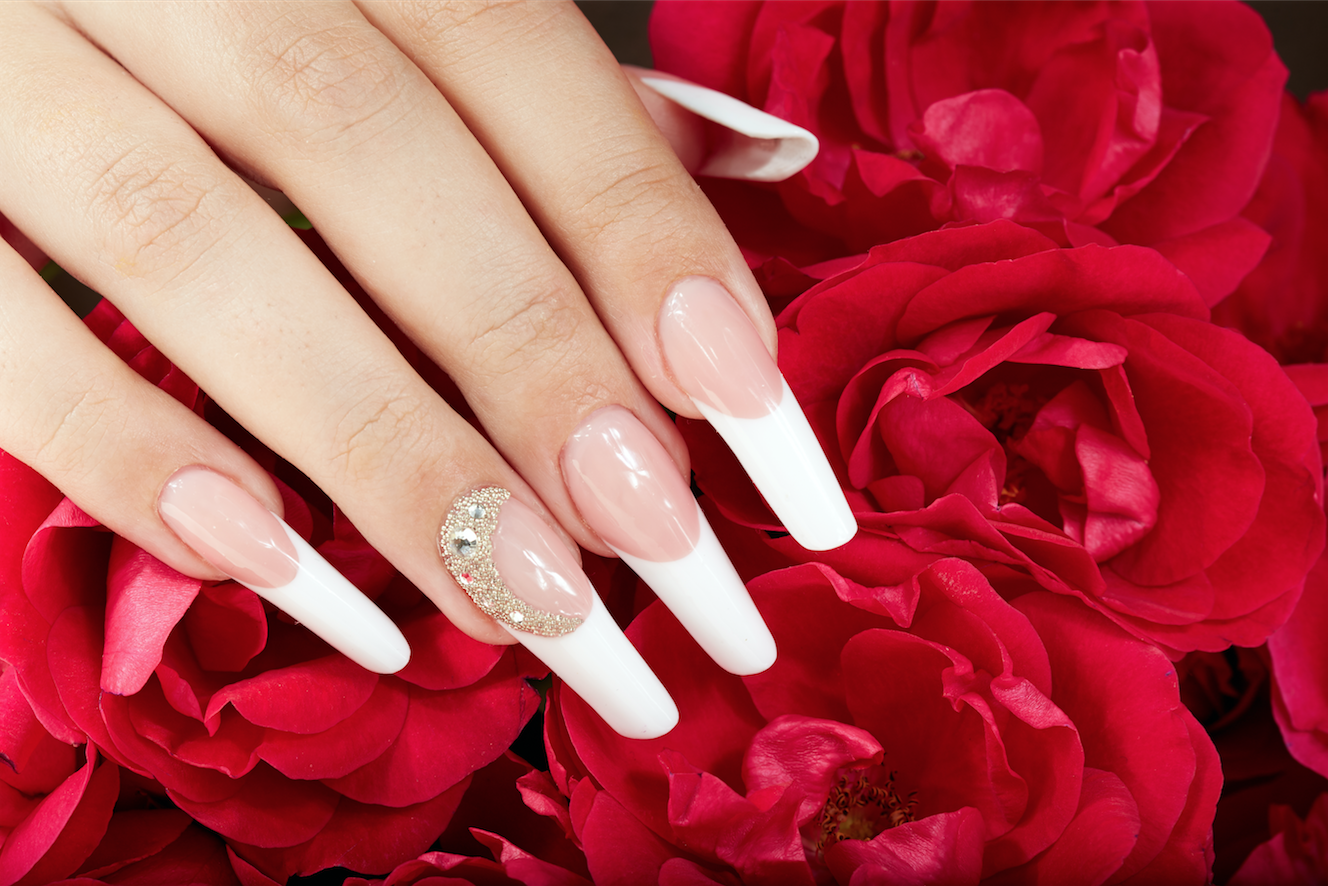Forward thinking
2016 is set to be a big year for skincare as wellness trends move into beauty, while nail and hair removal treatment prices are on the rise. Georgia Seago reports

Think of the beauty buzzwords of 2015 and a few things are likely to come to mind: strobing, multi-masking, “selfie-ready” make-up and Kylie Jenner’s lips were some of the terms that defined the market last year. Though this may be what the UK beauty industry looks like in the consumer media, the professional industry tells a story of its own.
Now firmly out of the recession that clouded business between 2008 and 2013, the figures are positive, with the value of the professional treatment market alone up by 1.3% year on year in the 52 weeks to October 25, 2015, to be worth £1.94 billion against virtually no inflation, according to Kantar Worldpanel.
The average spend per treatment was also up 2.4% to £16, while spend per salon or spa visit rose an average of 1.7% to £20.69. Salons still take the biggest slice of revenue at 56.9% of the market, though this is down on last year by 4.4%. Meanwhile, nail salons increased their share of the market by 7.2% and hotels, spas and leisure centres saw a 4.4% rise in their share of the treatment trade.
2015 was the year of the beauty retail takeover, with pro brands including Clarins and Essie opening beauty bar concepts for express treatments in high-street favourites. But figures suggest there is still some work to be done in 2016 before the concept becomes fully ingrained with consumers, as department stores took slightly less treatment revenue in 2015 than in the previous year.
Make a splash
Industry insiders are predicting that a big focus for the months ahead is likely to be water usage, both in terms of products themselves and how much of it brands are using in production, as we face global water shortages. “Companies will be trying to reduce water usage as much as possible. There will be much more emphasis on reduced quantities and ways of recycling water,” says Vivenne Rudd, director of global insight and innovation for beauty and personal care at Mintel.
We are likely to see clients become much more aware of issues surrounding water usage, and businesses, including spas, are going to need to think about the way they recycle water and market their usage to secure custom. “There will be moves towards closed-loop production, whereby water will be completely recycled through the production process so that there is no waste water as a result,” adds Rudd. “When it comes to spas it’s an extension of that. You can draw parallels between manufacturers and spas in terms of finding ways of recycling water.”
Skin and body care
This is the sector we’ll see most influenced by trends in 2016. While make-up has taken centre stage for the past year, 2016 is the year June Jensen, director of UK beauty at analyst NPD Group, thinks skincare will steal back the limelight. Though the sector accounted for only a quarter of total prestige beauty sales from January to October 2015, this was still up 2.8% year on year, and Jensen sees this growing further. “Skincare is still an opportunity for manufacturers to explore further. The big question is how the manufacturers in premium beauty can manage to get consumers to purchase into both make-up and skincare,” she says.
There is a big part to play here for therapists in educating the consumer about the importance of skincare, as well as showing them how much of a difference specialist, professional brands will make compared to mass-market lines. “With all the recommendations from bloggers, consumers will switch brands and purchase premium make-up,” adds Jensen. “The challenge is to get consumers thinking that skincare is equally as important.”
The good news for skin and body care is that there is plenty of scope for both product and treatment development from exciting trends that tap into consumer demand. As mentioned, waterless beauty is predicted to be a big focus in 2016, and Rudd thinks it will be one of the first trends we see impacting the market in a big way. An extension of dry shampoo and waterless hand-sanitising gels, manufacturers will explore the potential for other product types. “We’ll see products that use plant waters or have freeze-dried ingredients as opposed to wet. We’re actually going to see much more exotic sources of water,” says Rudd.
Natural fit
Next year will also see beauty play a more central role in the wellness movement that has been sweeping the spa, fitness and food and drink industries. Food-derived ingredients in beauty are nothing new, but this time round natural and organic beauty will take on a new context, one of wanting to connect with the benefits of the ingredients rather than avoiding supposed chemicals. “It’s that freshness, that element of nutrition that is really extending healthy living to beauty, so beauty doesn’t just sit alongside healthy living, it’s actually part of it,” explains Rudd.
The ultimate goal is to achieve healthier skin using the same ingredients that we know keep us healthy on the inside. South Korea is typically ahead of the trend, with several beauty companies already selling machines that merge the popularity of sheet masks (another Asian beauty phenomenon) with the “gastronomia” trend towards raw food ingredients in skincare. The mask makers allow the user to blend fruit and vegetables of their choosing in a traditional food blender and mix with a natural binding agent such as agar agar to produce a “sensorial hydro-gel sheet mask”, as Rudd puts it, which appears from the bottom of the machine pre-cut with holes for the eyes, nose and mouth.
“It’s that idea of getting the vitamins straight into the skin because they haven’t been heat processed,” she says. There’s no need to worry that these machines will pave the way for consumers to become their own therapists, as the “blend your own beauty” concept offers lots of scope for in-salon treatments to become more bespoke and sensorial, and ultimately more profitable.
Home made
Rudd predicts brands are likely to ride the wave early and produce kits for clients to whip up their own concoctions, taking the demand for personalisation to a more fun and playful arena. In a professional facial or body treatment this could allow for different “recipes” or add-on options for the client to choose from, creating an opportunity to involve the client and offer a real self-indulgent experience. We’ve already seen signs of this trend in the professional market, with big brands including Dermalogica and Clarins developing boosters that allow users to customise the level of actives in their products, and concepts such as Salt of the Earth creating theatre in spas by custom-blending products in front of the client.
Energy-boosting products and treatments will also see a lot of attention in 2016, specifically those that work with the skin’s own bio-currents and sources of energy to get results that can only be achieved by tapping into the skin’s own power. “There will be a synergy between products that work with the energy within the skin and devices that supply the energy. We’re also seeing products coming onto the market that talk about increasing cellular energy to maintain healthy skin,” says Rudd. Skincare products with energy claims made up 12% of global launches from January to October, up from 10.5% in 2014, while eye-specific energy products were at 15%, up from 13%.
It seems body care could also benefit from a renewed focus in 2016. According to Kantar Worldpanel, there was a big decline in scrubs and wraps, and massage treatment sales were also down 4% year on year after performing very well in 2014, when the category rose in value by 6%. “The big plus is the economy,” says Tim Nancholas, strategic insight director at Kantar Worldpanel. “Some of these treatments are very pampering and non-essential, so if you’ve got a bit more disposable income you’re more likely to spend it on luxurious treatments. It does link in with how the economy will perform.” If this is anything to go by, we may well see a rise in body treatment sales by the end of 2016 as more people are able to justify treating themselves to indulgent treatments.
Make-up and eyes

While the retail sales market for personal care – including products such as deodorants, skincare and body wash – was down year on year in 2015 according to Kantar, consumers continued to spend more on colour cosmetics. “It’s one of the strongest growing markets and there is more spend going on in cosmetics. It had levelled off but now it’s on the rise again,” says Nancholas.
The average spend per buyer on make-up lessons saw a substantial increase of 9%, according to Kantar; a fact also noted by Susan Gerrard, chairman of Gerrard International, which manufactures Mii Cosmetics and distributes Jessica. “Our spas and salons have seen a marked increase in the popularity of make-up workshops and lessons, giving clients the confidence in their skills to create the looks at home.”
Make-up accounted for a third of total prestige beauty sales in 2015 according to the NPD Group, up 14% year on year. This was probably due in part to the volume of innovation, spurred on by consumer demand for products to make them look “selfie-ready” with high-definition skin and features perfected to the maximum. Jensen sees this ongoing trend, which started with contouring, as an opportunity for the skincare category in 2016: “People are starting to understand that they need to have good skincare in place to have the results from the make-up. That kind of look needs a lot of support from skincare.”
Meanwhile, the lash and brow treatment market is still in growth, up 5% year on year in 2015 to be worth £96.8m. Brow shaping took the biggest share of the sector spend at 69.5%, or £67m, likely because shaping treatments are seen as nessecary maintanence to many.
Nails

Nail treatments continue to reign supreme in terms of revenue, up 3% year-on-year to be worth £635.5m in 2015. Of this, Kantar’s figures show that the “non-natural” category, including both acrylic and gel polish, experienced the strongest growth, accounting for 47.8% of total spend in the category, – up year on year by nearly 8% to £304m. Standard manicure and pedicure treatments also showed slight growth, and nail treatment prices were up across the board.
Demand for time-saving treatments was huge across the industry last year, and the new polish systems with fast-drying formulas that deliver a gel-like shine but allow for easy removal were introduced by almost every big-name brand. Looking ahead, Georgie Smedley, owner of Nail Harmony UK, predicts we will see a return of nail art but in a different light. “People are going back to really old-fashioned things like water decals, but bringing those back in new designs,” she says. “These kinds of things that make life easy for a nail tech are coming back.”
2016 may well see gel polish take a back seat in favour of an acrylic comeback. Nail Harmony has seen sales of acrylic rise and Smedley says: “Everyone jumped on the gel polish bandwagon because it was such a new thing and hadn’t been done before, but it’s been five years now. There are new innovations within acrylic and new designs coming out that can only really be done with acrylic, so people are going to go back to that.”
Tanning and hair removal
The tanning category dipped slightly in 2015, with fewer people in general having tanning treatments – be it spray, UV or lotion application. That being said, the average spend per salon visit on tanning treatments was up 9% in 2015. While this may indicate that tanning treatment prices have risen slightly, it hasn’t offset the decline in sector value, which fell 1% year on year according to Kantar Worldpanel. These figures are supported by research from Mintel, which found that the percentage of UK consumers who use self-tan products at home fell to 13% from 17% in 2014. Mintel also reported that the percentage of Brits who used a sunbed at least once during 2015 was 8%, down from 11% in 2014, while spray tan users dropped to 7% of the population, down from 9% the previous year. Read about the year’s regional tanning trends in our feature on page 89.
Smooth transition
Hair removal, meanwhile, saw the biggest increase in revenue share in 2015 of any sector, growing 6% to £250m, or 12.9% of total treatment sales. The category also drove the overall spend-per-visit increase, rising year on year by 10%, perhaps due to salons specialising in sophisticated intimate waxing techniques and treatments that command a higher price tag. Hot wax was most popular by far at 55.3% of total hair removal treatments spend, while electrolysis/laser treatments showed an improvement, increasing from 20.9% in 2014 to 22.6% in 2015.
With the economy on the up but fewer people having professional treatments overall, Nancholas predicts salons will have to think carefully about pricing to secure clientele. “Overall there are more salons out there competing for slightly fewer people, so if anything it could get a bit more competitive,” he concludes.

